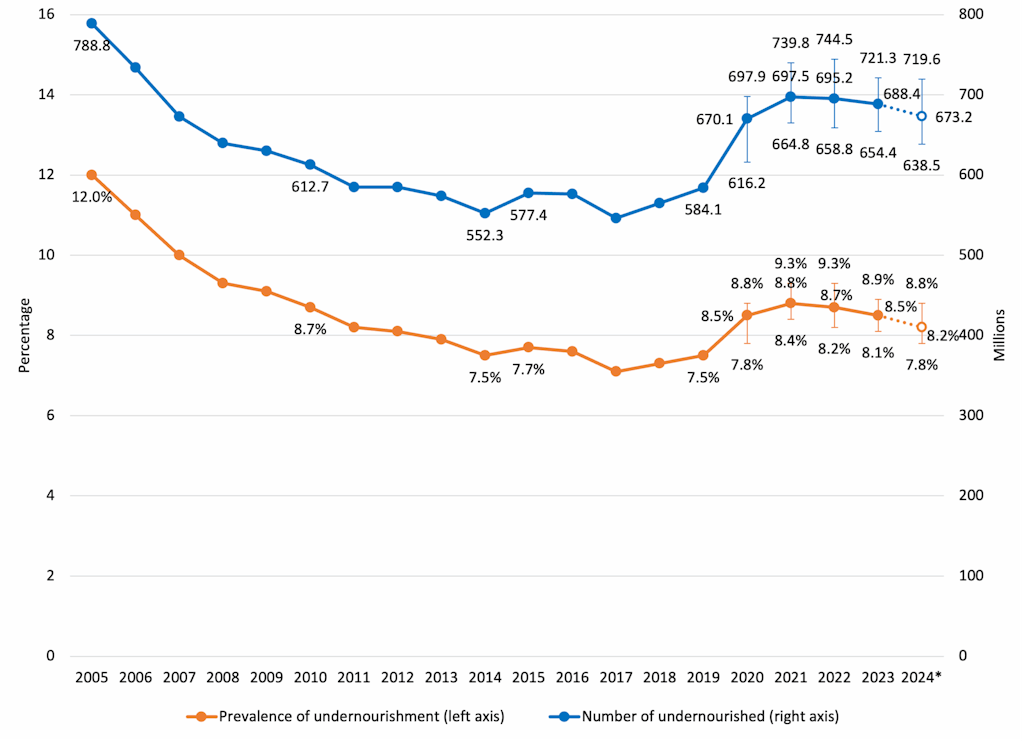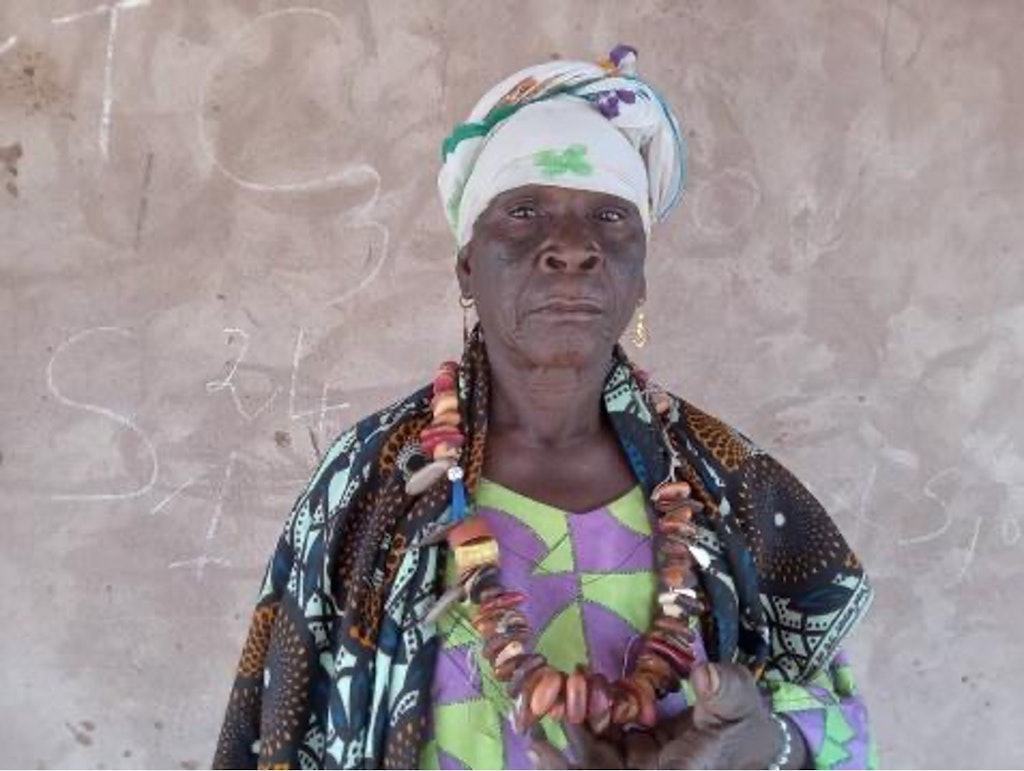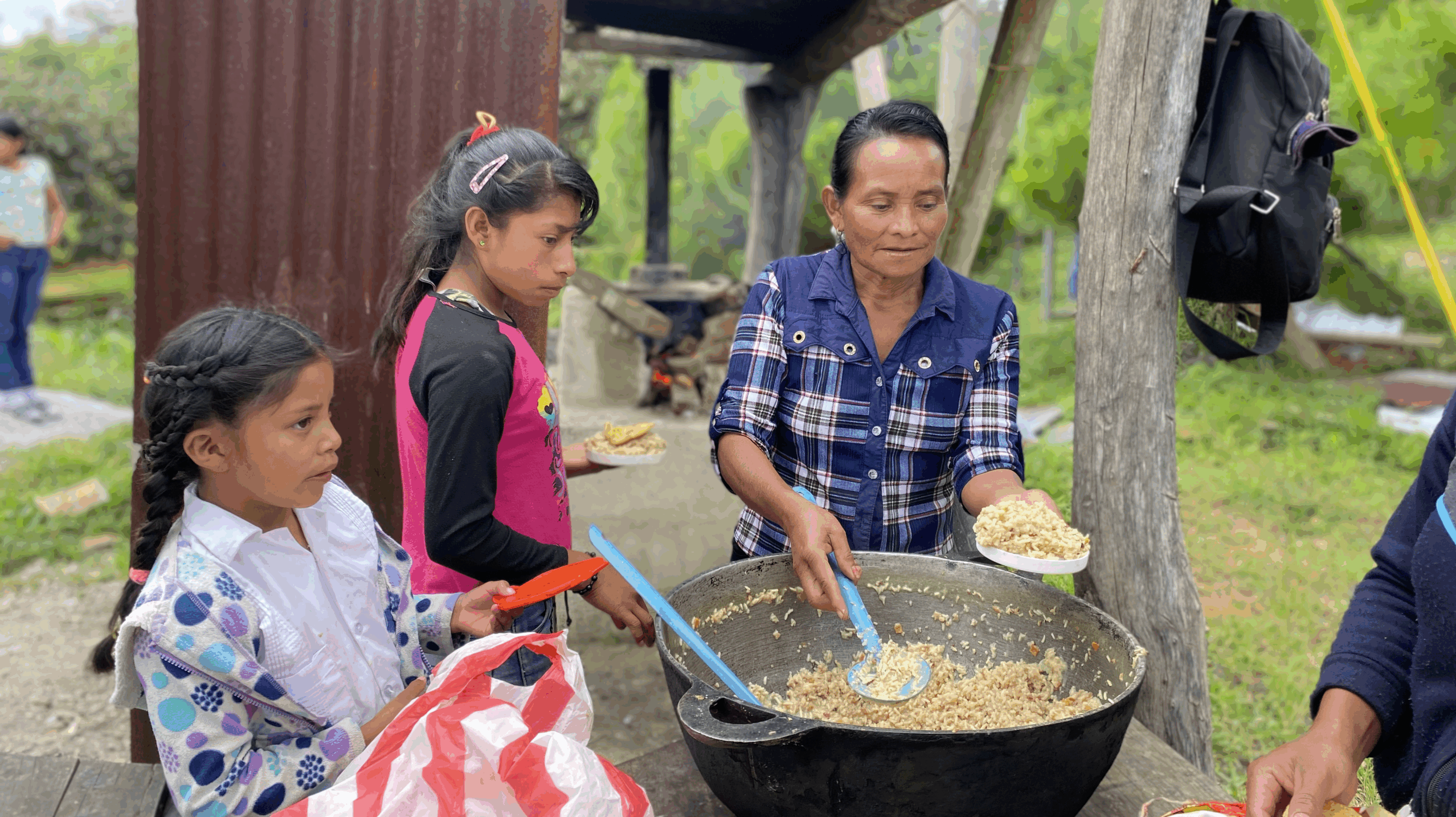About 673 million people are facing hunger globally, according to the 2025 State of Food Security and Nutrition in the World report recently published by the Food and Agriculture Organization (FAO) of the United Nations. The annual publication provides up-to-date information on food insecurity and emphasizes the major challenges and opportunities for achieving a world without hunger.
As an organization committed to helping underserved people achieve food security, Rise Against Hunger evaluates the report every year to ensure we are doing all we can to maximize impact in the communities we serve. In this blog, we’ll share key takeaways from the report, what Rise Against Hunger is doing and how you can help alleviate hunger for children and families around the world.
The Latest Findings on Global Food Insecurity and Hunger
In addition to 673 million people facing hunger, the report stated that 2.3 billion people — 28% of the global population — are food insecure. Both statistics are of vital importance; hunger refers to the physical feeling experienced by someone who doesn’t have food, and food insecurity refers to a lack of regular access to nutritious food needed for a person to live a healthy life.
Food insecurity rates haven’t returned to pre-pandemic levels, and the FAO report, unfortunately, included several other concerning findings. In 2024, vulnerable populations and low-income countries were disproportionately affected by inflation. A 10% increase in food prices was associated with a 3.5% increase in food insecurity. Additionally, women continued to be more likely than men to face food insecurity, and the gender gap widened slightly, reversing progress previously made.
Is Progress Possible?
There is still reason to be hopeful! Marginal progress was made toward ending global hunger and food insecurity in 2024. According to the report, an estimated 15 million fewer people are facing hunger than in 2023, and the rate of food insecurity globally decreased from 28.4% to 28.0%.

Source: The State of Food Security and Nutrition in the World 2025, FIGURE 2.1: UPDATED GLOBAL ESTIMATES POINT TO A DECREASE IN WORLD HUNGER IN RECENT YEARS FOLLOWING THE SHARP INCREASE FROM 2019 TO 2021.
Improvements were seen in addressing children’s nutritional needs, too. Child stunting decreased globally from 26.4% to 23.2% from 2012 to 2024. More than half of the countries assessing progress on child wasting are on track to achieve the United Nations Sustainable Development Goal 2’s 2030 target. Food insecurity is also gradually declining in Asia, Latin America and the Caribbean.
While these decreases are slight, they do make us hopeful that a world without hunger can be achieved. Progress is possible — so, we must continue taking action, and you can help!
What the Report Means for Rise Against Hunger’s Global Work
Rise Against Hunger remains committed to alleviating food insecurity in countries worldwide, and the report shapes and reinforces how we work.
This year’s report stated that food insecurity is “more prevalent” in rural areas, impacting 32% of adults in those areas globally. This informs Rise Against Hunger’s work to serve remote, last-mile communities. Also, according to the report, Africa, Asia, Latin America and the Caribbean had high rates of hunger — 20.2%, 6.7% and 5.1%, respectively. Rise Against Hunger aligns with this data, concentrating our work on these three regions.
Our programs are strategically implemented to address some of the challenges highlighted by the FAO. Our Elevating Women and Youth Farmers project in Mali works to combat food security’s gender gap. Women like Fatoumata, a livestock farmer, receive training on climate-smart agriculture techniques and support with land and livestock ownership. With a goat acquired through the project, Fatoumata implemented goat farming techniques she learned. “We have seen an improvement in the spirit of solidarity within the family that we did not have before,” she said. “Additionally, having this goat could be an additional source of income.”

The Feed for Knowledge project in Kenya addresses economic insecurity, a contributor to food insecurity highlighted in this year’s report. Inflation has led to higher food insecurity because “economic access to food is a key dimension of food security.” As part of the Feed for Knowledge project, Rise Against Hunger and partner Rural Family Hope provide agricultural training to help smallholder farmers increase their crop yields. This empowers the farmers to sell surplus produce in local markets, making food more available and affordable in the community. Piyos, one of the farmers, said, “I am able to get proper and higher yield, and I’m able to supply it to the school and get more returns from the farm.”

How YOU Can Get Involved and Be Part of the Solution
This year’s FAO report emphasized a sobering fact: the world is not on track to meet UN Sustainable Development Goal 2: Zero Hunger. Data trends project that 512 million people, 6% of the population, will still face hunger by 2030. But these calculations aren’t set in stone — urgent action is needed to change that.
Rise Against Hunger continues to be driven by the vision of a world without hunger. We need your help to further our impact. Here are ways you can get involved:
- Donate to support communities around the world. With a monthly gift of $30 – just $1 per day — you can nourish a child for an entire month.
- Host a meal packaging event with your business, church, civic organization, school or other group. Through this hands-on experience, you will assemble nutritious meals that are shipped to nourish lives worldwide.
- Share this blog! When you spread the word about global hunger and food insecurity, you’ll be helping to grow the movement. Your action will keep your friends and family informed and help encourage others to get involved in addressing this critical issue.


